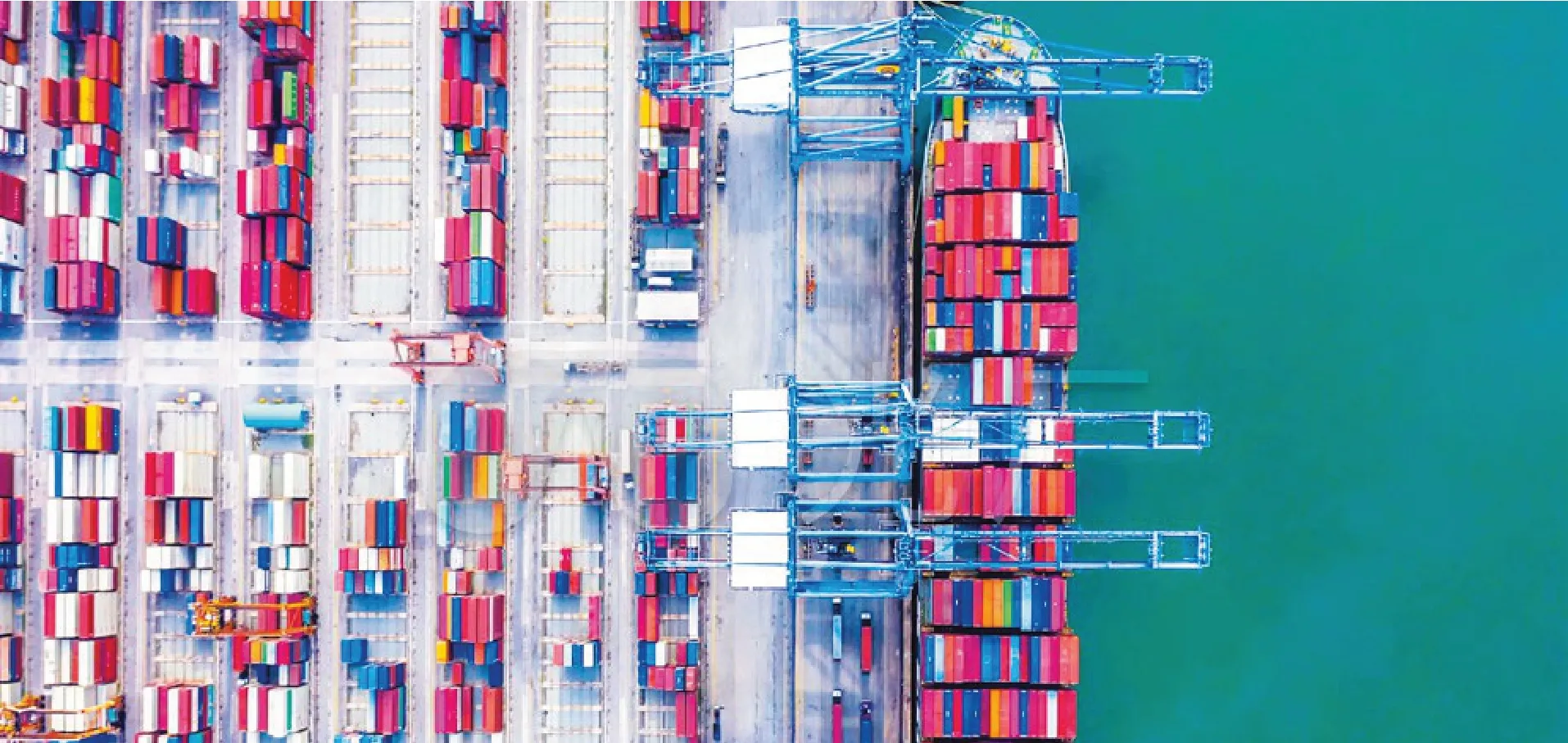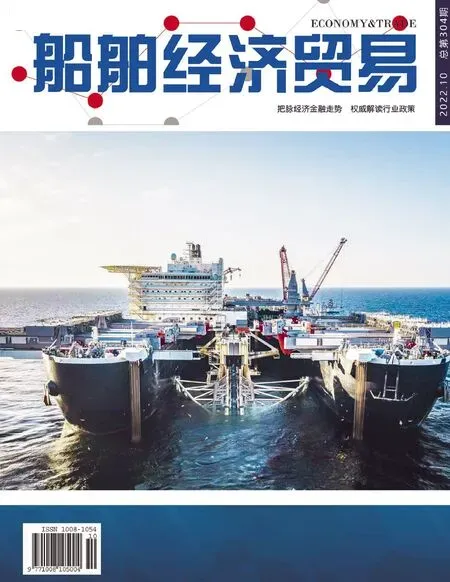What will Take over Container Ship
2022-11-03LiQin
Li Qin
The flourishing container ship market is the biggest driver of the shipbuilding recovery, for all spent force, the shipbuilding boom is only in the first half. The successive implementation of stronger environmental regulations and the alternating rise in other ship markets will take over container ships and prop up the shipbuilding industry to go “higher” and “further”.
Since the end of 2020, container ship orders have been flooding in, taking up the largest share of newbuilding orders for more than a year. Even after the container ship market showed cooling signs, big container ship orders were still not uncommon. Predictably, although due to port congestion, supply chain failure and other factors will exist for a long time in the future, the container shipping market temperature will not drop too fast. As the global high inflation pressure leads to falling consumer demand, and a large number of new ships are put into the market, the drive of container ship orders to the shipbuilding industry will decline significantly.
High hopes were pinned on the bulk carrier market; however, although the bulk carrier company business state was greatly improved and new bulk ship orders also rose, in front of deep-pockets and costly container ship companies, in the case of rising prices and tight ship place, bulk carrier newbuilding market performance was not conspicuous. Recently, bulk carrier freight rates have continued to fall, and due to global inflation, worse-thanexpected China's economic recovery and other factors, the sluggish bulk carrier market demand is expected to continue, the prospection that it will become the next “container ship market” is very likely to fail.
Oil tanker is the most frustrated ship type in the past two years. As one of the three major ship types, their new ship orders are far lower than those of container ships, bulk carriers, and even LNG carriers. In the first half of this year, orders for new tankers were just 1.6 million DWT, the lowest since 1996. Although the oil price has risen sharply since the conflict between Russia and Ukraine, and the demand for oil tanker capacity has soared, yet just like bulk carriers, the demand for oil tankers is more reflected in the rising price of second-hand ships due to the rising price and tight ship place, and the new ship orders are difficult to increase substantially. In the future, as the price of ship size and ship limit factors weaken, the demand for tanker renewal and newbuilding may be released. However, the future development trend of new tanker market needs to consider the acceleration of global energy transition process and other factors, and this factor may affect its long-term demand trend.
LNG carrier was undoubtedly the upstart second only to container ship in the new ship market in the past two years. At present, the global LNG carrier handheld orders has reached 257 ships. Since 2022, the global LNG carrier newbuilding orders have amounted $24.1 billion, more than $15.6 billion for the whole of last year. Moreover, the European energy crisis caused by the Russia-Ukraine conflict has made LNG carriers almost the most popular ship type in the shipping market, and its increasing demand will support the strong LNG carrier newbuilding market for quite a long time. However, its technical threshold is too high for ordinary shipbuilding companies to enter, and the number of global shipbuilding companies able to undertake large LNG carrier orders is very few. The surge in demand for LNG carriers seems to only benefit a few shipbuilding companies.
Pure car truck carrier (PCTC) is a new dark horse in the new ship market in recent years. The lack of transport capacity and the strong rise of China's automobile exports, especially new energy vehicles, are the main reasons. In the past two years, PCTC orders have been about three times that of the past five years, with most of them being won by Chinese shipbuilding companies. At present, the PCTC fever is not only continuing, but also rising. Just the other day, a 6,000CEU PCTC was rented out for as much as $100,000 a day, 10 times what it was two years ago. The industry expects at least 100-200 new PCTCs need to be built worldwide between 2024 and 2030. This will bring huge opportunities to the Chinese shipbuilding companies that dominate the market.
In short, on the wake of container ships, the LNG carrier and PCTC new ship market will go on thriving, the offshore engineering market is also entering the recovery channel, and the renewal demand of all ship types under the pressure of the implementation of the IMO new regulations for environmental protection in 2023 is also rigid, which are all positive factors for the future development of the shipbuilding industry. However, in this favorable situation, ship enterprises should pay more attention to and follow up on new changes of new ship orders, so as to follow the market rhythm and technical route, and achieve sustainable development in the future competition.

